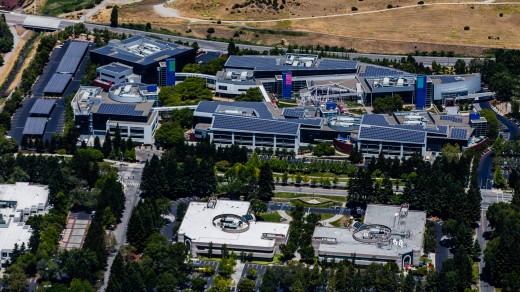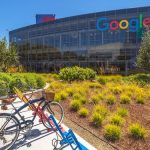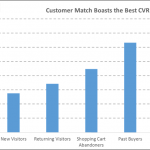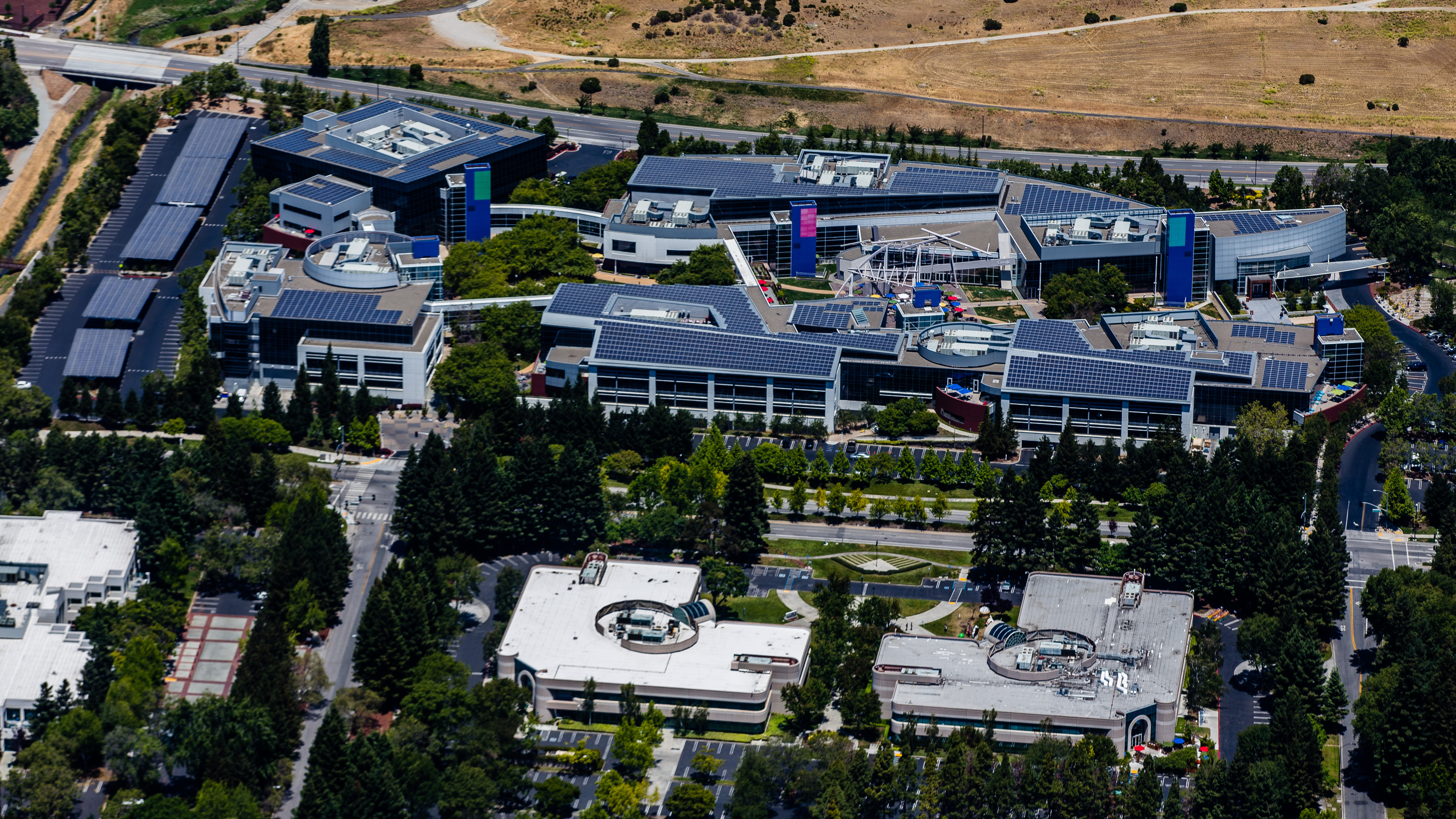What The Googleplex’s unique Architect Thinks Of Google’s New Headquarters
Spoiler: He loves it. but, he says, constructing it is not going to be simple.
March three, 2015
Eleven years ago, ahead of Google’s new proposal for a impressive, allegedly moveable collection of clear circus tents designed by means of Thomas Heatherwick and big, Clive Wilkinson Architects designed the primary Googleplex in Mountain View, Calif. It was once 2 million square ft—Pentagon-scale architecture—inspired by way of a college, the place free foods, open floor plans, and comfy nooks for meetings reigned supreme.
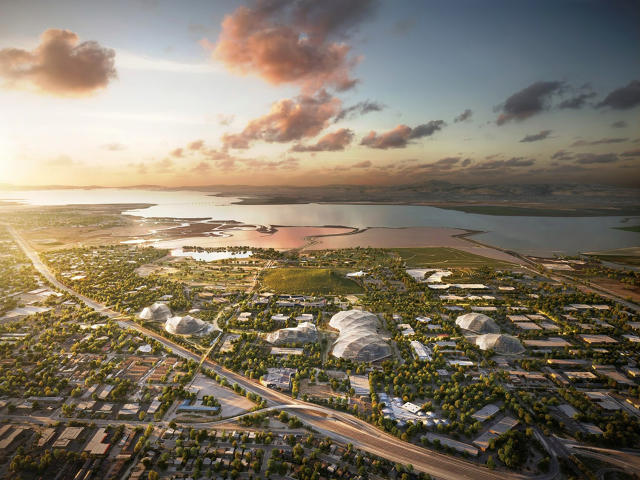
Google plans to maintain Wilkinson’s core Googleplex buildings intact, however we were what he—because the architect at the back of the unique Googleplex—thinks about Google’s proposed addition. So we called him up to ask. (Wilkinson was now not invited with the aid of Google to post a design for the brand new headquarters, but Google continues to be his consumer; his firm is presently* working with the company on a mission below a nondisclosure agreement.)
Wilkinson sees the new Google campus as a milestone in reusable, flexible architecture—something that can be actually reshaped to create collaborative environments as Google’s teams and initiatives evolve.
well, what do you assume?
i believe it’s sensible. I’m happy in the choice of these two architects. I rely both of them as pals, and hanging them collectively when they’re so different is kind of genius.
What’s so impressive concerning the new headquarters?
These are very, very big buildings. i believe what’s nice about it’s they’re coping with a big [employee] neighborhood. It’s a huge challenge for Google now. They’re almost certainly 10 occasions the scale they were once we labored with them in 2004.
The problem is, how do you keep a sense of neighborhood with out it fragmenting a company entity? i believe this is very radical notion. It appears extraordinarily neighborhood-oriented, extremely individuals-oriented. the idea of a couple of places for enjoying nature and the outdoors being built-in, these strikes are extremely positive.
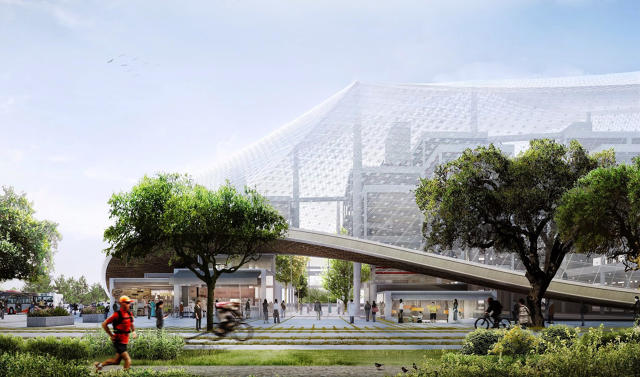
Yeah, the thing is in reality like a giant greenhouse.
I was once considering, it reminds me of one thing else that took place 165 years ago: Joseph Paxton’s Crystal Palace in London, some of the convulsive experience of the nineteenth century. It validated the potential for glass and steel in large buildings, ushering in an age of lighter development, which led to the development of skyscrapers and the iconography (excellent or unhealthy) of the modern city. It doesn’t exist now because it burned down a hundred years in the past, but it was once Earth-shattering. Glass in structures completely modified going forward.
nevertheless it couldn’t truly ultimate. The glass used to be fragile, warmth buildup was a huge problem. It was very primitive. the internal space they’re showing right here reminds me very strongly of that second in architectural historical past. almost certainly the only motive it can be in a position to being performed successfully today is that we’ve got unbelievable industrial materials. that is one thing shall we do as of late in 2015 that has most certainly never been conceivable in history.
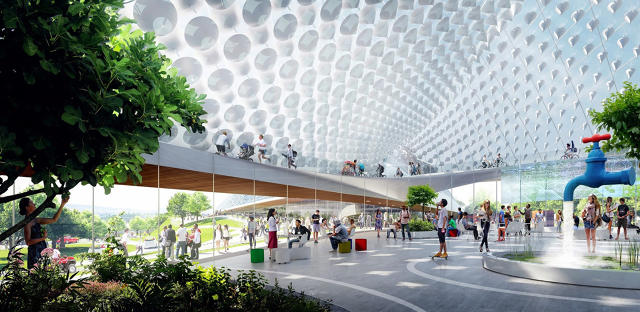
So what’s the true leap forward making the Crystal Palace conceivable now? Is it the fabric of the tent itself?
they have an incredible tech problem with making a roof like that. For one factor, you still need to modulate the amount of sunlight that comes in. nearly individuals are working on a monitor. Most displays under plenty of sunlight are onerous to read, that means working outside has principally been a myth.
The roof must be mild-delicate, and temperate, vis-a-vis heat build up of the solar, and warmth loss is an issue also. Bringing nature in, like timber into a constructing, hasn’t been simple both. That’s a challenge this roof must adapt to. How do you get the best sunlight inside the building so nature prospers and doesn’t wither?
From the video, I see they’re taking part in with adjustable technologies to reasonable these issues. The tent goes to be fabulous, in that it changes its shadow and light high quality at totally different instances of day. it can be modulated and tuned—you recognize how you can play with the sunroof of your automotive? I saw them taking part in with expandable umbrella shapes, the use of these to regulate the sunshine. and also you’ll be capable to increase transparency of the tent subject matter.
but i feel it’s still very much a sketch. It’s clear they’ve got a protracted strategy to go on the tech. There’s now not quite a lot of engineering knowledge available in the market but. I’d see this venture running for a couple years in refinement sooner than it might probably destroy floor.

the object I’m skeptical about is that constructions which might be this huge can ever “be moved around” as Google says. What do they imply by means of that? that it’s going to most effective cost $1 million or $10 million to shift the place of a building slightly than $a hundred million to demolish it and build it anew?
i think the reality is, from the perspective of sensible engineering, it doesn’t make feel to make issues movable on a large scale. however, to make them adaptable with minimal impact in relation to sustainability is very precious. If Google needs so as to add a wing on, it turns into an Erector Set problem. relatively than blowing up a building and adding on every other constructing with concrete, which you can lengthen or contract it as you add trees, nodes, or pods.
That’s the beauty of the tent, when you have stacks of power, plumbing, air, and knowledge [in the tent on a permanent grid that you can attach to], the whole thing inside may be thought to be furnishings. I’m thinking that’s in reality the place the speculation goes to move. that you may exchange bits of the constructing.

So i do know, you may be biased here, but how would you compare the Google campus to what we’ve seen from Apple and facebook?
i think it counterposes very smartly in Google’s want against the Apple campus, which in our view is egotistical, and an autocratic kind of dream that has long past beyond the dimensions of manageability.
There’s an inherent flexibility within the organic configurations within the Google kind that doesn’t exist in the severe geometry of the Apple type. That purpose of sustainability is set building things that are manageable over time. that you don’t need to blow them up as a result of they aren’t working anymore is a in reality certain alternate.

The Apple campus, i believe folks have lauded it as a result of it seems to be horny, but i believe most of the people don’t be aware the dimensions. i believe the whole thing by means of definition is just too a long way away by nature. the theory of neighborhood has been strung out to issues within the periphery with out a heart. i believe it’s a roughly catastrophe.
* After reporting this piece, Wilkinson pulled out of the work with Google. His firm is just not at present employed with the company.
quick firm , , read Full Story
(158)

